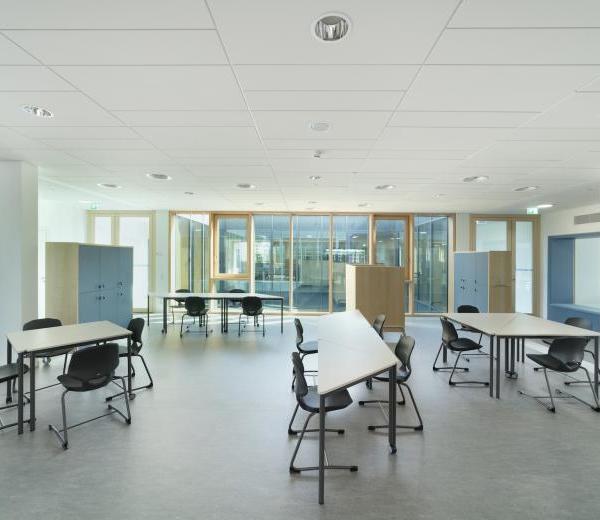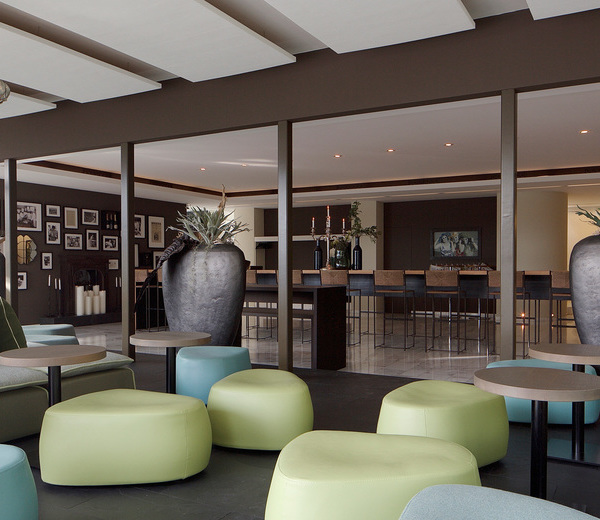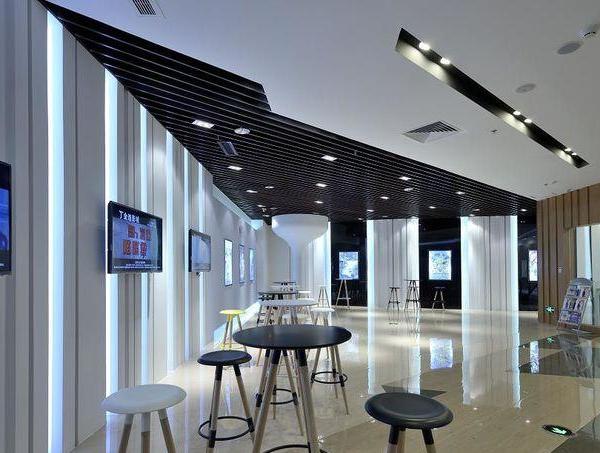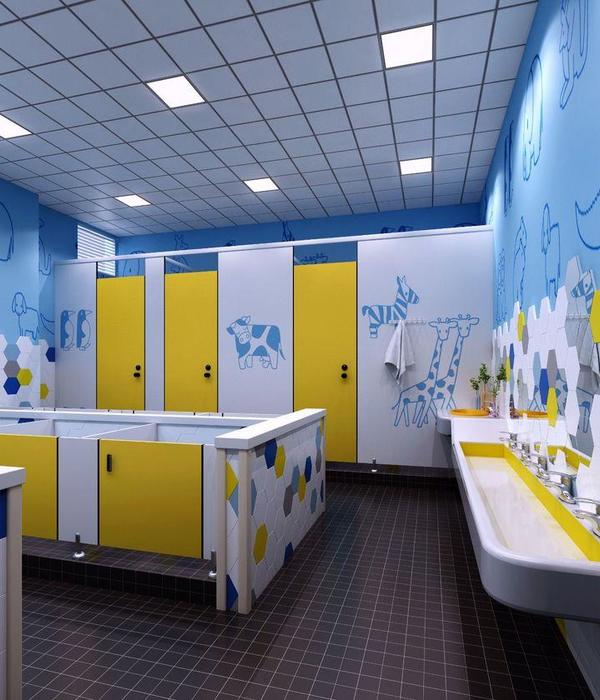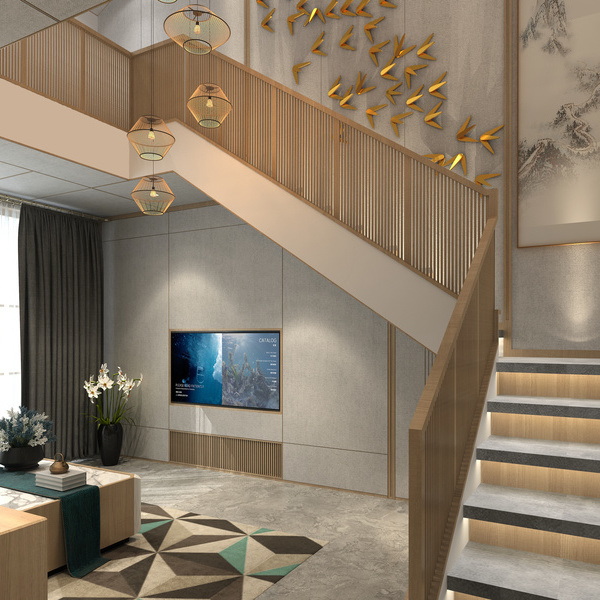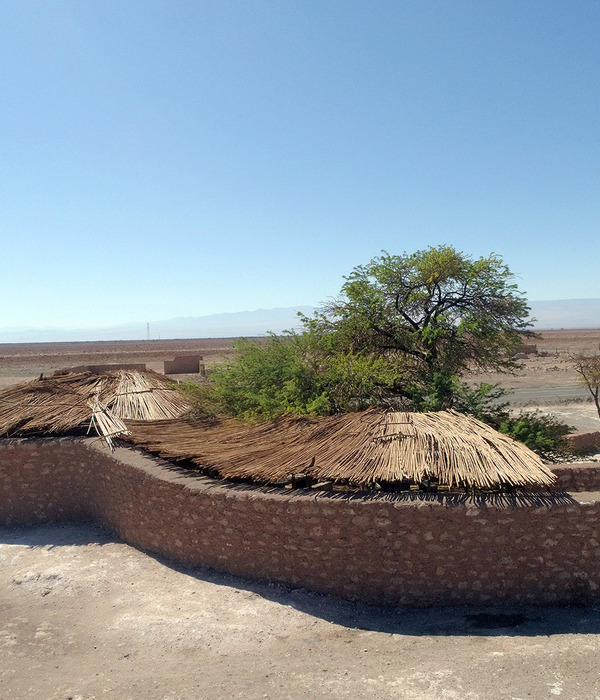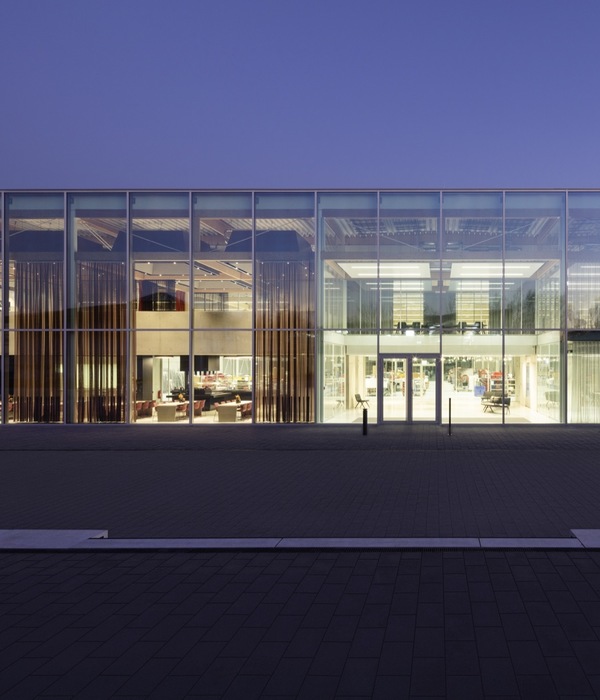Quite generally, the school’s design is based on three pillars: sustainability, flexibility, and creativity. Its facade, made of insulating clay, is highly sustainable because it is recyclable, low-cost, and with a long lifespan. The school is designed to be flexible, allowing students and teachers to use the space as they need it. The architects have created a building with different functions, which can be adapted to various needs. For example, the classrooms can be transformed into spaces for the community or other activities. One floor might have an office while another has a music room or library. It is an example of how schools adapt to modern students’ needs. Small design gestures continue this example down to the granular level of the students and the teaching methods. For example, a magnetic coating was applied on the closets so they could be activated as teaching surfaces with magnets. This principle extends to the corridors and their metal acoustic surfaces that turn the whole corridor and classrooms into one continuous learning landscape.
▼楼梯,The staircase
©Piotr Hraptovich
屋顶的设计源于“几何花园”的理念。整个项目由一个平屋顶以及另一个斜屋顶两个体量组成,二楼处设有屋顶窗;在街道上看起来是一个低矮的建筑,实际内部包含三层空间。而窗户精准的几何结构,不仅是基于审美的选择,还兼顾了对功能性的考量,自然光线可以通过每个房间的窗户进入室内。内部共包含7间教室、一个礼堂、教师和行政人员办公室,以及一个体育馆与面向社区开放的活动空间,以及社会服务设施。
The design of the roof is based on the idea of a “geometric garden”. It is composed of two volumes, one with a flat roof and the other with a pitched roof. The second floor has dormer windows to appear as a low building to the street while still occupying 3 floors: Its geometry is exact, and it’s not just an aesthetic choice. It’s also functional because it allows for natural light to enter through the windows in every room. The three-story building contains 7 classrooms, an auditorium, offices for teachers and administrators, as well as a gymnasium and community-facing event space. There are also social services situated in the building.
▼从庭院望向窗户,View from the courtyard to the windows
©Piotr Hraptovich
项目以经典谷仓为基础,结合当地景观、传统农业文化和乡土建筑所给予的灵感,融入多种现代手法。建筑师们创造了一座与周边环境完美融合的建筑,但细细端详,又极具现代感。
The building is a contemporary approach to the classic barn typology. The design was inspired by the local landscape, the traditional farming culture, and the vernacular architecture. The architects have created a building that is perfectly integrated with its neighbors but on a second glance appears as radically contemporary.
▼底层平面图,Ground floor plan
©Focketyn del Rio Studio
▼二层平面图,First floor plan
©Focketyn del Rio Studio
▼阁楼层平面图,Attic plan
©Focketyn del Rio Studio
▼立面图1,Elevation 1
©Focketyn del Rio Studio
▼立面图2,Elevation 2
©Focketyn del Rio Studio
▼立面图3,Elevation 3
©Focketyn del Rio Studio
▼剖面图1,Section 1
©Focketyn del Rio Studio
▼剖面图2,Section 2
©Focketyn del Rio Studio
▼剖面图3,Section 3
©Focketyn del Rio Studio
Project Name:School Neumatt: School extension of a small town in Switzerland.
Address:Gemeindehausstrasse 17, 5413 Birmenstorf
Client:Town of Birmenstorf
Architect:Focketyn del Rio Studio GmbH, Basel, Miquel del Rio + Hans Focketyn
Team: Letizia Fürer, Anna Kuhli, Iris Carratala, Juan Pablo Pineda Vergara, Tomas Guerra.
Planing team
Site supervision: Martini Schäfer Baumanagement GmbH
Structure: Suisseplan Ingenieure AG
Building energy: GS Bauphysik & Akustik GmbH
MVP: Vadea AG
Electrical systems: Sepa Elektro Engineering
Costs total (including taxes):CHF 5.000.000
Building Volume SIA 416:4’745 m³
Gross area SIA 416:1’331 m2
Competition: 2019,
Planning start: 2019,
Construction site start: 2021
Finalisation: 2022
Photography:Piotr Hraptovich
{{item.text_origin}}

